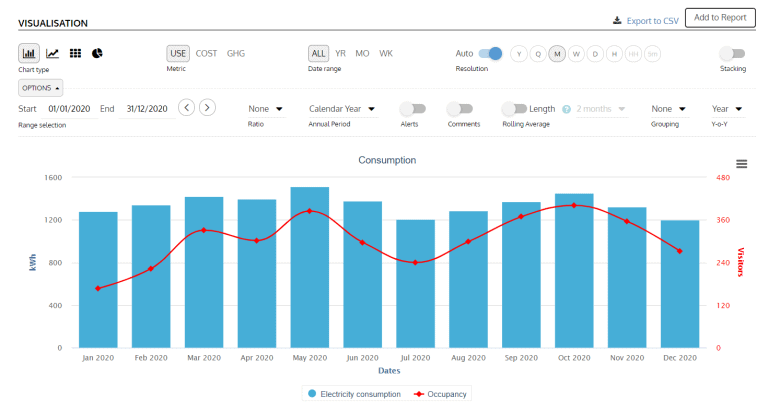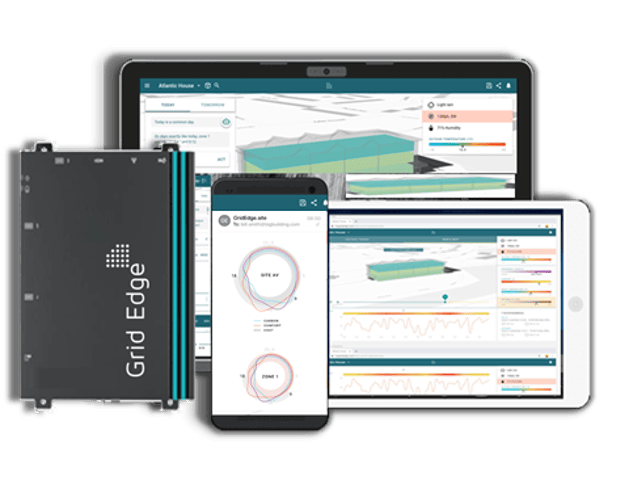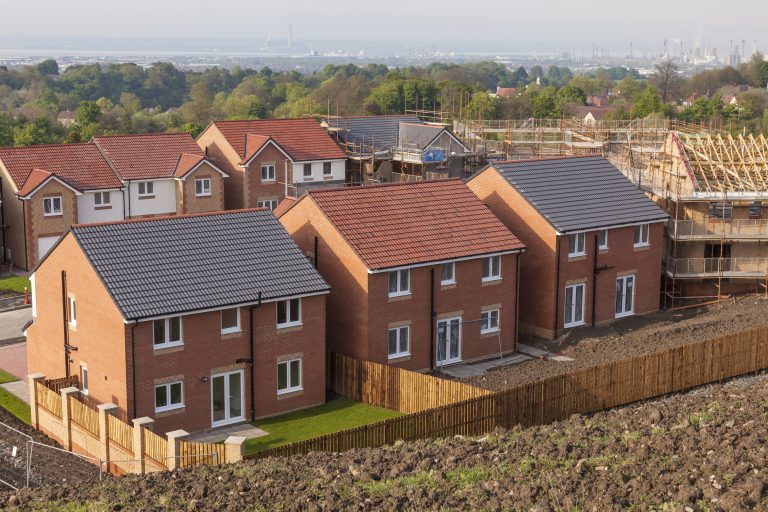Platform to help businesses improve energy efficiency.

Problem Addressed
How to achieve net zero carbon buildings, energy optimisation and health and wellbeing of building occupants
Case Study
arbnco, partnered with Arc Skoru Inc., worked with Schneider Electric in their state-of-the-art technology centre, The Technopole, in Grenoble, France to achieve a high scoring in the air quality category to support LEED 4.1 0+M certification.
As the arbnco platform measures VOC, CO2, PM, and other parameters, this data was automatically streamed from the arbnco platform to the Arc platform, therefore managing performance in air quality and human experience categories for Schneider Electric. Scaled floor plans were used by arbnco to design a sensor plan to meet the data requirements.
Overall, the automated flow of continuous data from the arbnco platform into Arc enabled a streamlined approach to maintaining the high levels of operational performance at the facility. The data made LEED certification easier and faster by automating compliance for credits in the Indoor Air Quality and Human Experience categories. In addition, there are wider benefits from this data-led approach. For the phased re-occupation of the facility during the COVID-19 lockdown, the policy of measuring air quality (and CO2 as an indicator of ventilation) enables the building management to demonstrate confidence in the workplace as a healthy and attractive environment using outcome-based, best-practice monitoring.
Facts and Figures
This page presents data, evidence, and solutions that are provided by our partners and members and should therefore not be attributed to UKGBC. While we showcase these solutions for inspiration, to build consensus, and create momentum for climate action, UKGBC does not offer commercial endorsement of individual solutions. If you would like to quote something from this page, or more information, please contact our Communications team at media@ukgbc.org.
Related
Fabriq OS

Commercial building energy optimisation

Platform to collect and analyse data on industrial assets

Consultation Response: Minimum Energy Efficiency Standards for Rented Homes

